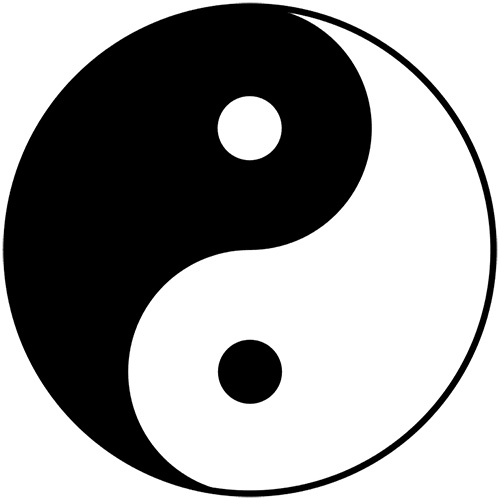This Sunday, 6th Sunday of Ordinary Time (Year C) is known as World Marriage Sunday.
There’s no swiping right on Tinder for the animal kingdom. Instead, many species of wildlife must risk life and limb to find a partner so they can breed and avoid extinction.
Over five episodes, David Attenborough’s The Mating Game turns the spotlight on the sex lives of creatures big and small.
The mating rituals of wildlife from termites, worms and spiders to humpback whales, zebras and giant pandas are exposed in this latest documentary, recently aired on TV1 on Sunday evenings.
From grasslands to the ocean, from jungle to freshwater, and at times against all odds, the viewer witnesses bitter rivalry, ingenious strategies, and quite spectacular rituals.
The documentary captures the extraordinary lengths – dramatic, unexpected and, sometimes, comical – to which creatures will go in their desire to find a partner in habitats from every corner of the globe.
The documentary also turns the spotlight on some mating strategies that are so extreme that they have no connection with anything else.
Commenting on the mating ritual of the hairy angler fish, Attenborough comments, “The female takes the male, which is very small, and the male clings on to her, and the two fuse so that they become one, and their very blood circulation is shared between them. The male is reduced to a sperm-producing mechanism, but it’s served its purpose because it has brought a different set of genes into the gene pool. “
Attenborough comments, “all life is driven by the need to breed”; in that breeding is the continuation of the species.
The documentary excluded one of the biggest groups of the animal kingdom! Humans.
Humans can move on their own and are placed in the animal kingdom. Further, humans belong to the animal phylum known as chordates because we have a backbone. The human-animal has hair and milk glands, so we are placed in the class of mammals.
It appears that we can sneak in with our long-distanced lens cameras and observe a giant toad copulating, a male and female ostrich engaged in an intimate pre-mating dance, and on the plains of Texas be absorbed as a dominant wild turkey is aided by his less impressive brothers who help keep rival males at bay whilst the top male turkey secures as many mates as possible.
And none of this “watching” is considered ‘voyeurism’; I, and no doubt many others sat watching as other species were engaged in copulation!
So, what makes this animal (humans) insist on privacy, the lights out, the door closed, the sheets covered over, while zebra, and the ostrich engage with one another on the open savannahs of Africa, spider and tamarin monkeys mate with one another in the jungles of the amazon, and humpback whales call to one another off the coastline of Hawaii.
Maybe it is because we have a different name for The Mating Game; we call it Love-making, and while many species of wildlife risk their life and limb to find a partner, and copulate – it is for the sake of the species; they breed in order to survive. For the human, animal species, the preservation of the species is not the uppermost intention of a human couple lying together, rather it is the most intimate way of saying to the other, “I love you” and that is confirmed by the intimacy and immediacy of the physical act of intercourse.
An intriguing aspect of the documentary was that while precoital rituals were at times extravagant, once coitus had been achieved, separation was immediate, the ground squirrel was back to its hole in the desert of Morocco, both male Zebra stallion and mare resume their grazing on the grasslands, and the chimpanzee and gibbon were off looking for the juiciest of branches.
For many couples, the postcoital lying in each others arms, the gentle touch of skin on skin, the “pillow talk” continues the ‘love-making’. Humans in fact, don’t mate; humans love.

The illustration is of Flamingos. Flamingos have a staggering 136 moves that they display in order to attract a mate, according to new research.



